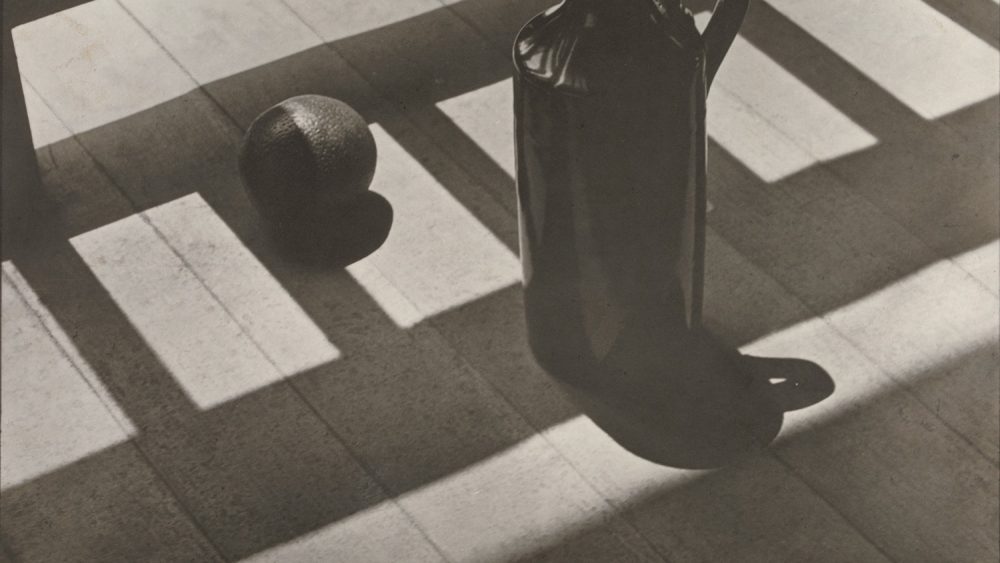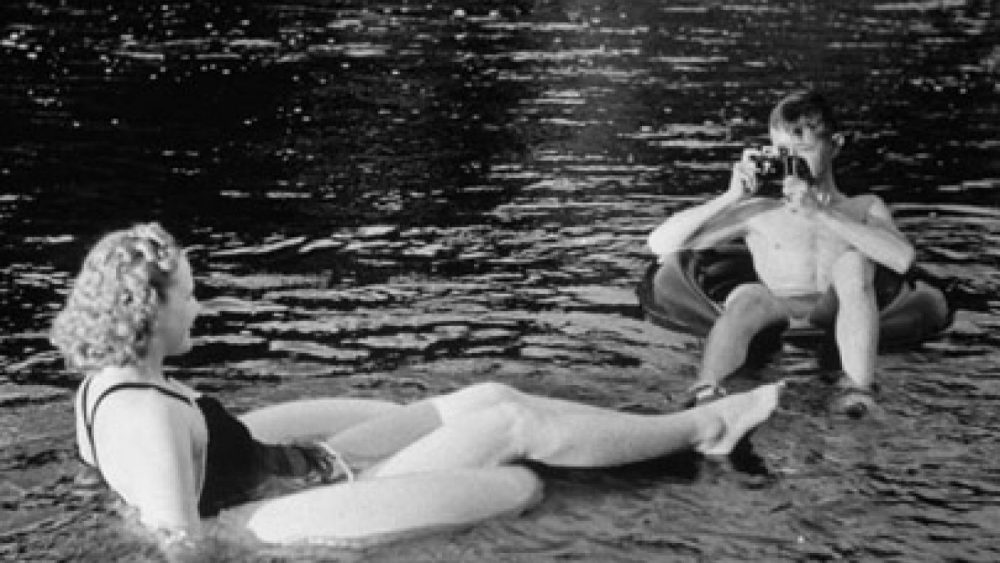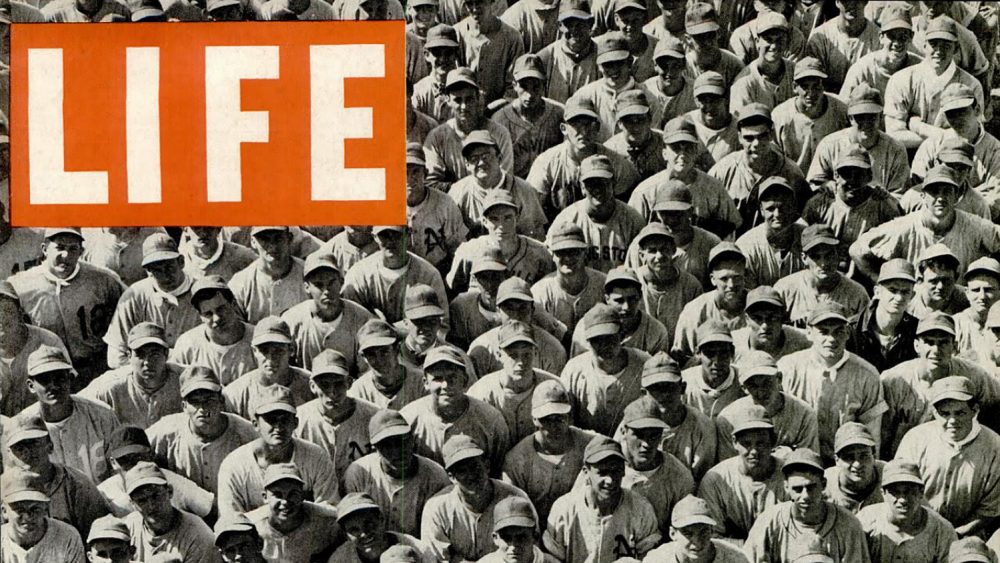Sensation: The Flash Provokes Reactions
Recently, I’ve found myself in multiple situations where museum and church staff have reprimanded me for using a flash, despite there being no visible signs prohibiting it. Even a neighbouring country’s punk concert organisers recently posted a rule against flash use at their event. Encounters with people who disapprove of flash photography are not new to me. But why does the flash stir up so much unease?
Early flashes were far from the compact, user-friendly light sources we know today. At the end of the 19th century, photographers sought ways to generate bright enough light to capture images indoors or in low-light conditions. This led to the use of explosive powders, normally containing magnesium. The process was hazardous and unpredictably intense, posing risks to both photographers and their subjects.
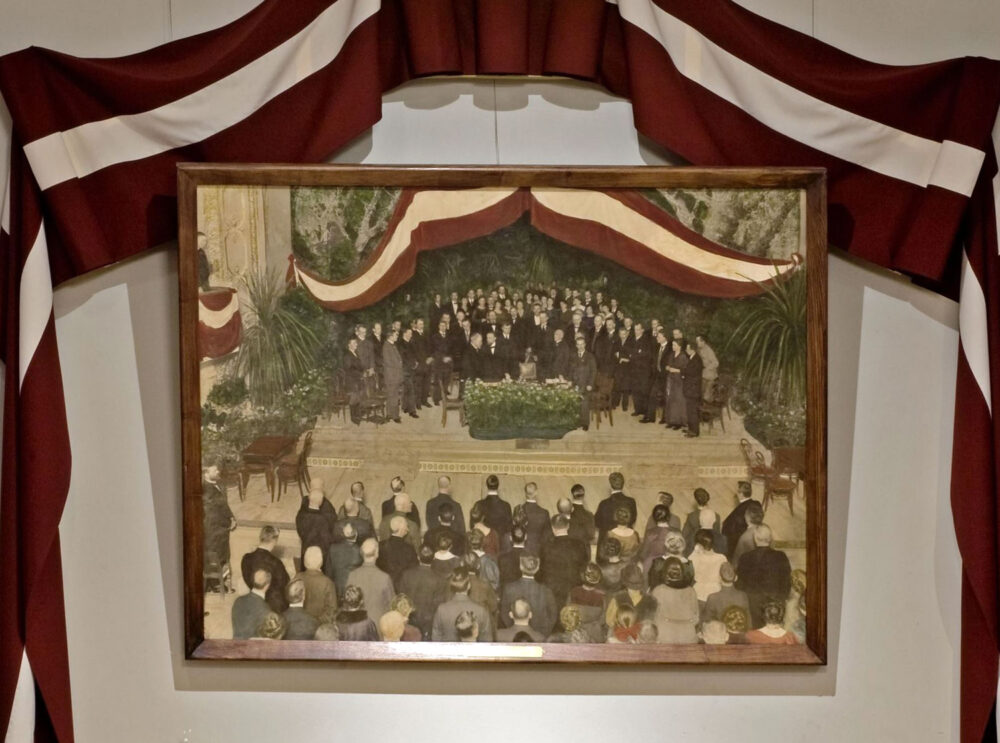
Igniting magnesium powder frequently resulted in loud explosions and thick smoke, terrifying people and animals alike. A legendary tale recounts how Latvian photographer Vilis Rīdzenieks, while documenting the proclamation of the Latvian Republic in 1918 in what is now the Latvian National Theatre, was forcibly ejected by guards after his flash produced a thunderous noise and pyrotechnic flare. The photograph he managed to take before his expulsion remains the sole visual record of that monumental event. Without the flash, this historic moment might have gone undocumented entirely.
Flash technology became safer and more practical with the advent of electricity in the early 20th century, gradually leading to the development of electric flashes with single-use or rechargeable bulbs. By the post-World War II era, these devices had become standard equipment for photojournalists, offering the ability to control light intensity and direction.
Today, with the rise of digital photography and LED technology, the flash has evolved into an even more precise and widely used tool. For many photographers, the flash is not merely a technical aid but an integral part of artistic expression. In Martin Parr’s photography, the flash highlights details in everyday situations, underscoring the irony of British middle-class life. Lars Tunbjörk employs the flash to emphasise the coldness and alienation of Scandinavian society, while Nan Goldin’s use of flash imbues her work with intimacy and emotional intensity. Just as painters use brushes and musicians their instruments, light is the creative tool of photographers. It is a means of artistic expression, allowing them to manipulate shadows, highlight details, and craft unique atmospheres that natural light alone cannot achieve. Particularly in the late 20th and early 21st centuries, the use of flash became an increasingly common aesthetic choice. It opened the door to creating images with a stark sense of raw reality, often associated with subcultures, rebellion, social critique, and urban environments.
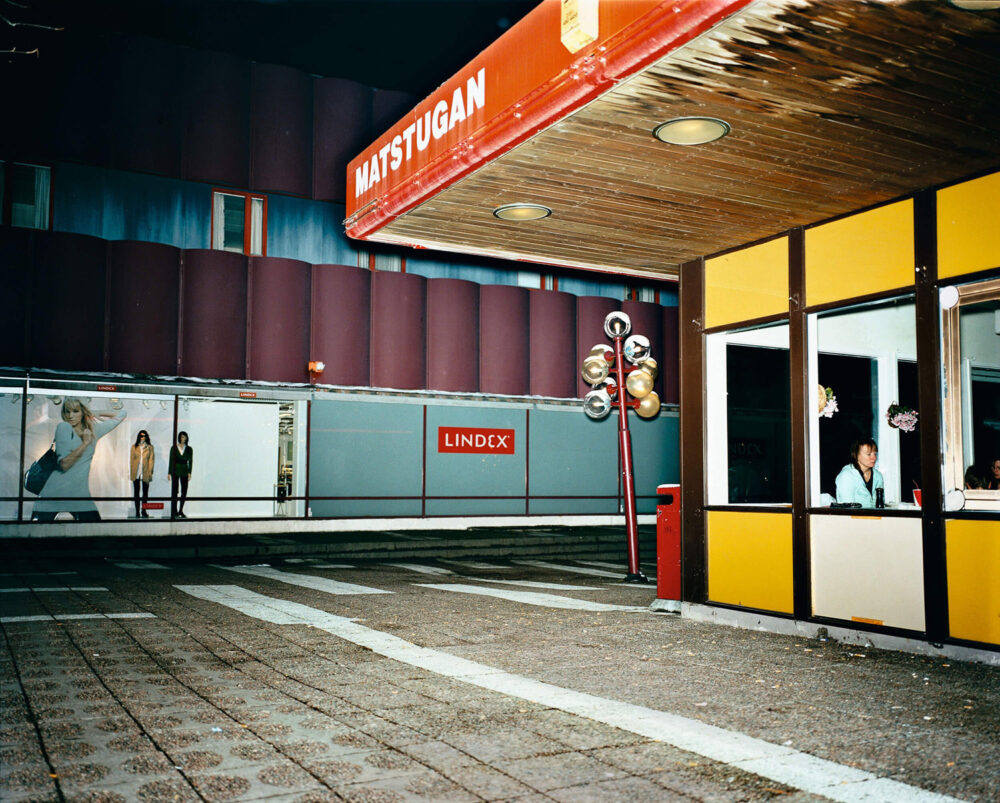
One of the most common places where flash photography is prohibited is museums. The prevailing belief is that the light might endanger ancient artefacts. Ultraviolet (UV) light is among the most harmful parts of the spectrum for museum exhibits, as it can cause colours to fade and materials to crack. However, modern flashes emit minimal UV radiation, and LED flashes have no UV component at all. Most contemporary flashes, particularly LED and electronic models, are designed to emit a brief and controlled light pulse lasting only a few milliseconds.
This short burst of light differs significantly from the prolonged exposure caused by continuous lighting. Over time, steady artificial or daylight illumination has a far greater impact on artefacts than the fleeting effects of a camera flash. Thus, flash bans in museums are often more precautionary than preventative, stemming from tradition rather than technological realities.
There is also a perception that flashes are harmful to human eyes, which is why they are often banned at public events. Yet, powerful stage lights—especially strobe lighting and intense LED arrays—exert far stronger and more prolonged effects on the eyes than a photographer’s flash. Strobes, which flash rapidly and are often blindingly bright, can cause temporary visual discomfort, headaches, or even trigger epilepsy. By contrast, a photographer’s flash lasts only a few milliseconds and is used infrequently, posing minimal and transient effects on the eyes. Compared to the persistent lighting of a concert or disco, a camera flash is far less disruptive for both the audience and performers.
I have been using flash in my photography projects since the last century, starting with built-in flashes on snapshot cameras. In recent years, however, I have relied more heavily on external flashes with direct light. For me, the flash serves three key purposes: first of all, highlighting specific features.
Flash helps me emphasise the textures, colours, and intricate details of subjects and objects that would otherwise remain obscured in natural light. Secondly, it’s my artistic expression. It’s a tool of creative expression, allowing me to capture moments of life in ways that transform routine and banality into something dramatic, raw, and unidealised. The flash enables me to depict life as real and unvarnished. And thirdly, it’s about social reality. Flash is also a tool for exploring social realities. It allows me not only to document but to create images that challenge and expand our perceptions of reality and photography’s boundaries.

When I began my series The Scene, alternative youth would often approach me, saying they could identify with my perspective. The Scene is about energy, motion, wildness, and chaos. Flash serves as a powerful voice, articulating these feelings with clarity. It allows me to be direct, intense, and even brutal—qualities akin to the lyrics of punk music. When someone tells me I can’t use a flash, it feels akin to telling a punk to turn down their guitar or to censor their lyrics. Prohibiting flash photography is like forbidding me from seeing the world through my own eyes. The flash is a small revolution in a photographer’s arsenal, capable of making an image as radical as the genre, event, or artist’s vision demands.
Bans and restrictions often stem not from knowledge but from outdated prejudices or fear of reality. In urban environments, I’ve encountered Soviet-era biases in Latvia, where many still believe it is forbidden to photograph bridges, train stations, and government buildings. Flash bans are often a byproduct of similar misunderstandings.
Perhaps some fear the exposure of reality that flash brings, but this is a narrow-minded view that prevents the world from being revealed in its truest light. Symbolically, it reflects a fear of freedom and openness. Yet, the flash is too powerful to silence—just as no artist can be silenced by yet another prohibition, obstacle, or refusal. Against unenlightenment, we must shine a bright light. Let’s keep flashing!

